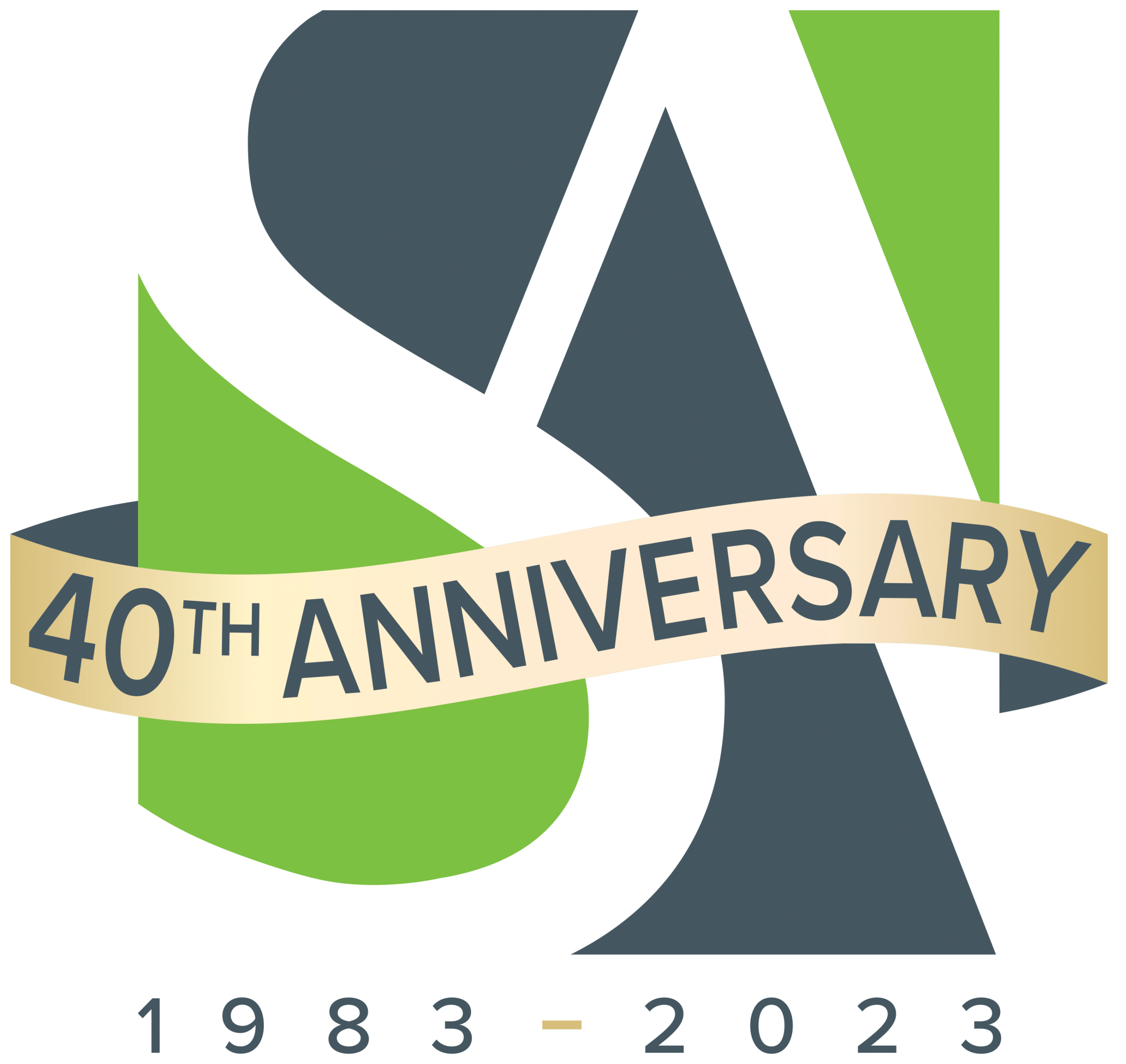R&E Amortization Updates
On December 12th, 2022, the Service released an advance copy of Rev. Proc. 2023-8, which provides procedural guidance for taxpayers to adopt accounting methods for specified research or experimental expenditures under Code section 174 as modified by the Tax Cuts & Jobs Act, Pub. Law No. 115-97. https://www.irs.gov/pub/irs-drop/rp-23-08.pdf The revenue procedure generally provides that a taxpayer may make an automatic change on a cut-off basis for the first taxable year beginning after December 31, 2021 using a statement in lieu of a Form 3115. Taxpayers who have already filed their 2022 tax return, (e.g. a short tax year), will be considered to have made an automatic method change if certain requirements are met. Finally, the revenue procedure provides a “modified” section 481(a) adjustment for taxpayers who make a method change in a post-2022 tax year.
Background
In 2017, Congress passed the Tax Cuts & Jobs Act (TCJA)[1]. As part of the act, Congress enacted revenue-raising provisions that affected R&E costs. The Joint Committee on Taxation (JCT) estimated that the R&E change would raise $119.7 billion over the next ten years. Section 13206 of the TCJA made two changes to R&E-related provisions for costs paid or incurred in tax years beginning after December 31, 2021.
- All costs paid or incurred in connection with software development are now considered R&E expenditures.
- All R&E expenditures are capitalized and amortized over five years (fifteen years for foreign research).
General Application Procedures
Taxpayers may now make Designated Change Number 265 to commence capitalizing specified research or experimental expenditures paid or incurred in tax years beginning after December 31, 2021. The revenue procedure adds new section 7.02 to Rev. Proc. 2022-14 for this change. The change applies to the post-2021 tax year specified research or experimental expenditures, including software development expenditures. The change is made on a cut-off basis without an adjustment for prior year costs. A taxpayer may use a statement in lieu of a Form 3115. For 2022, the statement must include the following information for each applicant:
- Name and EIN (or SSN) of each applicant;1. Name and EIN (or SSN) of each applicant;
- The beginning and ending dates of the year of change;
- The designated change number for this change, DCN 265;
- A description of the type of expenditures included as specified research or experimental expenditures;
- The amount of specified research or experimental expenditures paid or incurred during the year of change by the applicant;
- And a declaration that applicant is changing the method of accounting for specified research or experimental expenditures to capitalize such expenditures to a specified research or experimental capital account, and amortize such amount over either a 5-year period for domestic research or 15-year period for foreign research (as applicable) beginning with the mid-point of the taxable year in which such expenditures are paid or incurred in accordance with the method permitted under §174 for the year of change. Also, the declaration must state that the applicant is making the change on a cut-off basis.
Post-2022 Filers
For tax years after the first tax year beginning after December 31, 2022, (post-2022 filers), taxpayers make the accounting method change must file a Form 3115. The attached statements to the Form 3115 must include:
- A description of the type of expenditures included as specified research or experimental expenditures;
- The taxable year or years in which the specified research or experimental expenditures subject to the change were paid or incurred by the applicant;
- And a declaration that the applicant is changing its method of accounting for specified research or experimental expenditures to capitalize such expenditures to a specified research or experimental capital account, and amortize such amount over either a 5-year period for domestic research or 15-year period for foreign research (as applicable) beginning with the mid-point of the taxable year in which such expenditures are paid or incurred in accordance with the method permitted under § 174 for the year of change. Also, the declaration must state that the applicant is making the change with a modified §481(a) adjustment that takes into account only specified research or experimental expenditures paid or incurred in taxable years beginning after December 31, 2021.
The post-2022 change must be made using a modified section 481(a) adjustment. Under this modified section 481(a) adjustment, the applicant must take into account all specified research or experimental expenditures paid or incurred in taxable years beginning after December 31, 2021.
Short Tax Year Filers
Taxpayers who file a Federal tax return on or before January 9th, 2023 for a tax year beginning after December 31, 2021 will be deemed to have complied with this automatic method change if the taxpayer:
- Reported the amount of specified research or experimental expenditures paid or incurred for such taxable year on Part VI of Form 4562, Depreciation and Amortization, filed with the Federal tax return;
- And properly capitalized and amortized the specified research or experimental expenditures using the required § 174 method for such taxable year.
Other Procedural Matters
For the taxpayer’s first taxable year beginning after December 31, 2022, the five-year item eligibility rule of Rev. Proc. 2015-13 is waived. In other words, taxpayers may change their method of accounting for specified research or experimental costs in 2022 even if they have previously changed a method of accounting for these costs in the prior five years. Taxpayers do not receive audit protection for costs paid or incurred in pre-2022 tax years.







